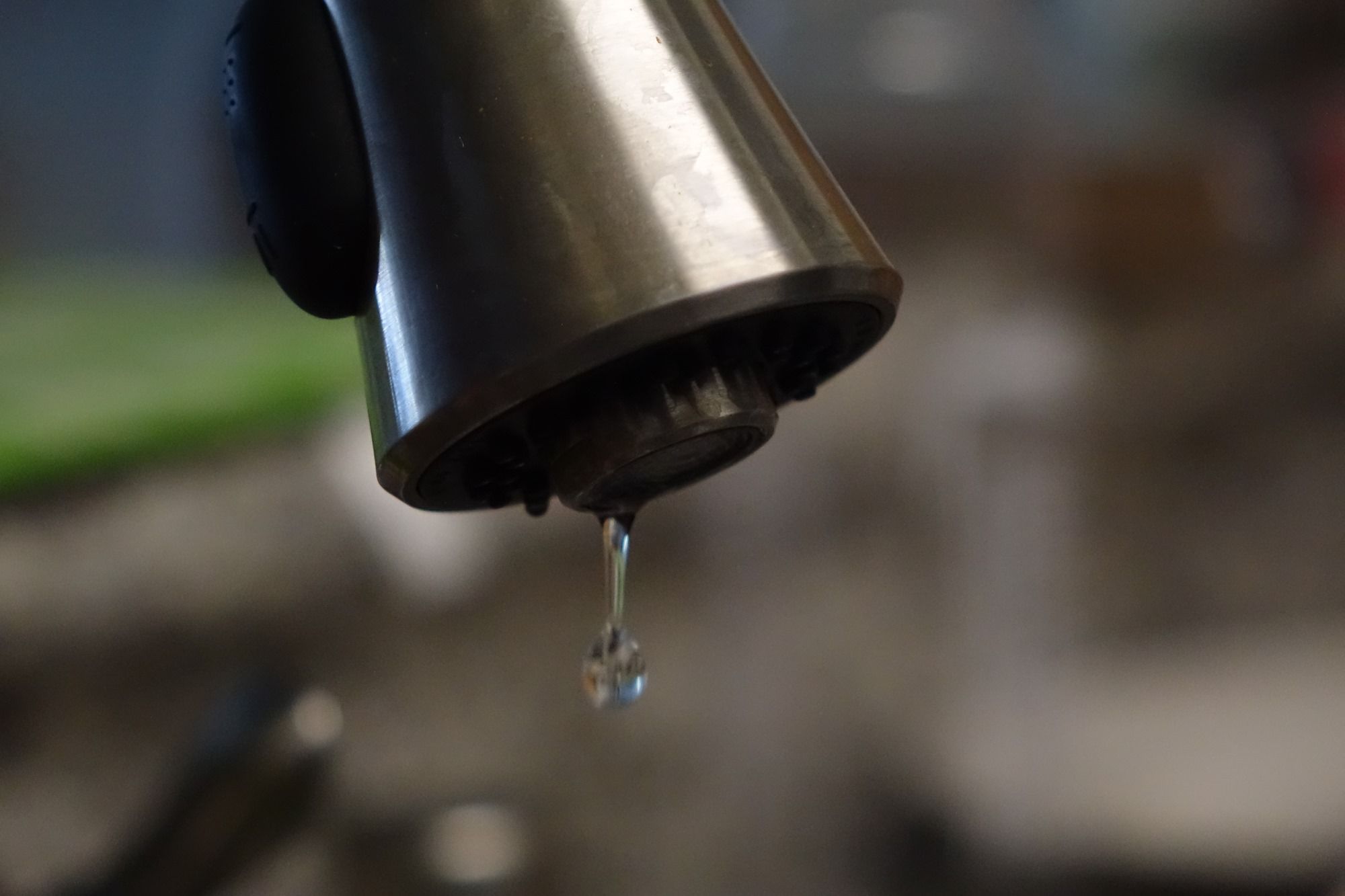Hopes of highly water-resistant Pixel phones have, according to a reliable source we've trusted in the past, been dashed. Google's new handsets will be advertised as having IP53 dust and water resistance, which essentially amounts to almost no enhanced water resistance at all. For reference, the HTC 10 also has this rating, and is not marketed as being water-resistant.
The "3" in IP53 means a device will not experience damaging water ingress when upright at an angle not to exceed 60 degrees from vertical while being sprayed by relatively low-pressure (somewhere between 7-20PSI or 50 to 150kPa) water. This probably means very little to you phrased this way, but IPX3 is essentially saying the device will not experience water ingress (i.e., water won't get inside) when held at a relatively upward angle in your hand during use in very heavy rain or when lightly splashed. If the device is left flat on a surface, IPX3 does not guarantee it will be protected from water ingress by heavy rain or mist. To put it even more simply: IPX3 means your phone won't break just because you sent a text in a downpour. This is what an IPX3 test looks like. Of note: not all IPX3 tests work this way, some use a "shielded" hose like this, which seems considerably less aggressive than the video below. Which really goes to show not all IP tests are created equal.
[EMBED_YT]https://www.youtube.com/watch?v=JN91wh1cWI0
[/EMBED_YT]
As you can see, small streams of pressurized water hit the upright device at various angles up to 60 degrees from vertical (this test appears to be at the upper end of the valid pressures). An IPX4 test would utilize the same stream system and pressure, but the device would survive with water splashing from any angle and for up to 10 minutes. IPX3 certification only applies to when the device is upright and water spray comes from up to 60 degrees from vertical for 5 minutes, so that the water can stream down and fall off the hardware. An IPX3 certification doesn't even technically guarantee a phone being splashproof when lying flat on your kitchen counter (though it likely would be fine barring extreme circumstances) - only when being held or otherwise used upright.
What does that mean, in practical terms? Well, it probably means you shouldn't let excessive water get near the charging, headphone, or speaker ports of the Pixel phones, but the occasional splash would be fine. Because when the device is at a vertical angle, the chance of water ingress in those areas from spray is very low - it'll just drip off. But if you turned the device upside-down, with those ingress points facing upward? Yeah, you could have an issue. In addition, IPX3 only protects from relatively low volumes of water for relatively short periods of time.
"Real" water resistance tends to start at IPX5, when a directed jet of water can be sprayed onto a device at any angle with relatively low pressure but very high volume for a few minutes at a time. Sony's old Z line of phones and Samsung's Galaxy S7 and S7 edge are among the relatively few non-dedicated rugged devices to claim such certifications. IPX6 is like IPX5, but with much more pressure and volume. Both generally require dedicated gasketing or port covers to achieve.
IPX7 and IPX8 refer explicitly to immersion, as on the Galaxy S7 and S7 edge and Apple's new iPhone 7 and 7 Plus. This means a phone can be dunked into water (often up to one meter, sometimes 3m for IPX8) for half an hour and experience no damaging ingress. The new Pixel devices will not be IPX7 or IPX8 certified, meaning submersing them could cause permanent damage. Like IPX5 and IPX6, you'll need dedicated internal gaskets to get to this level of ingress protection.
As for the "5" in IP53? It just means that while the phone isn't "dustproof," it's basically impossible for dust to get in the device in such a way that it would cause harm. Essentially all modern smartphones would qualify as IP5X simply as a function of their industrial design.
So, in summary: the Pixel phones won't be especially water-resistant, and nowhere near as water-resistant as a Galaxy S7 or an iPhone 7. They'll be about as water-resistant - maybe slightly more - as your average smartphone.
Thanks: Tony the Tipster Tiger

